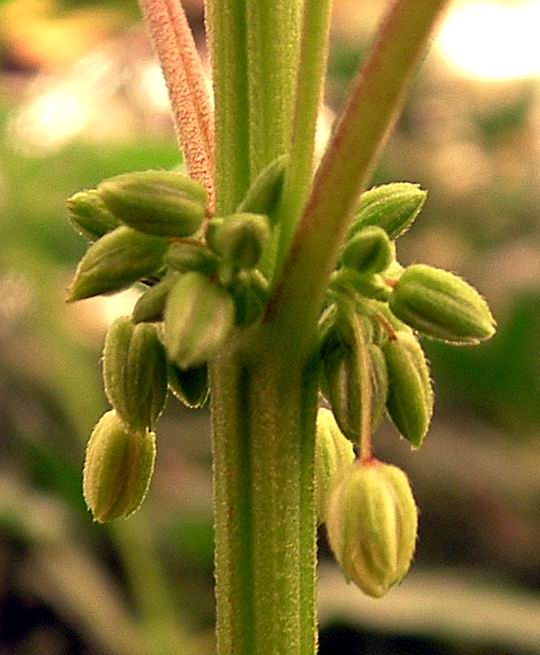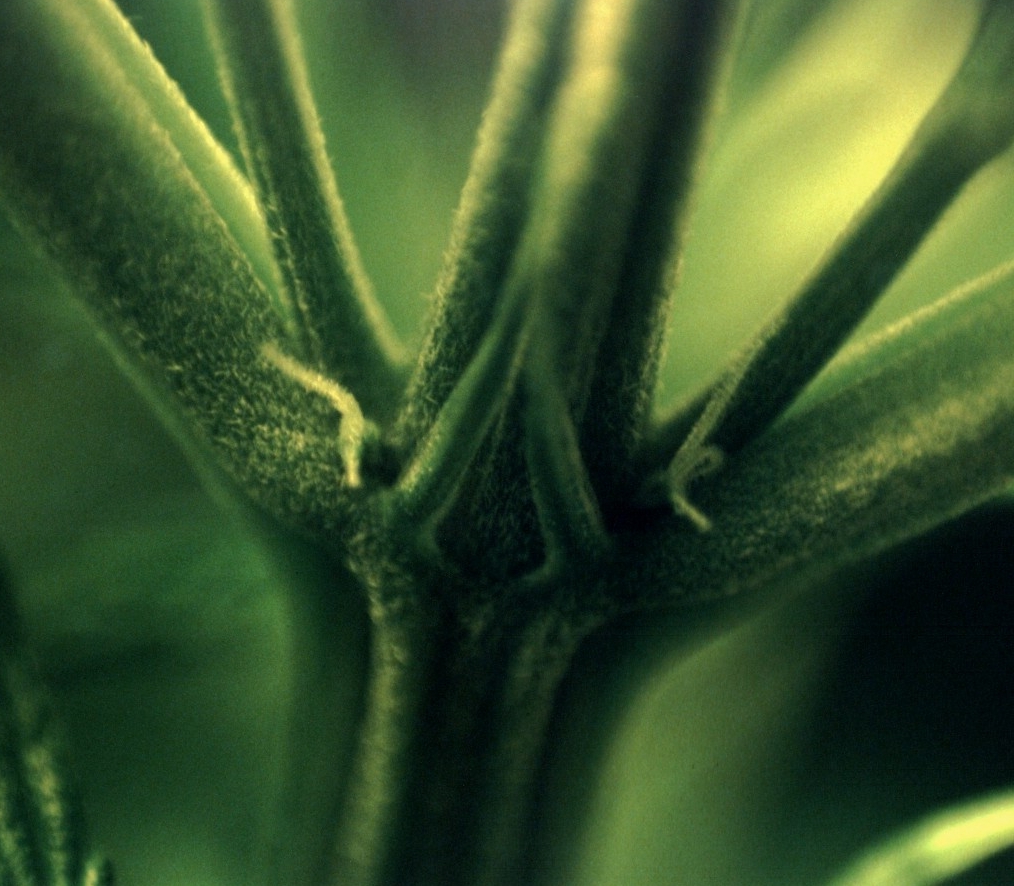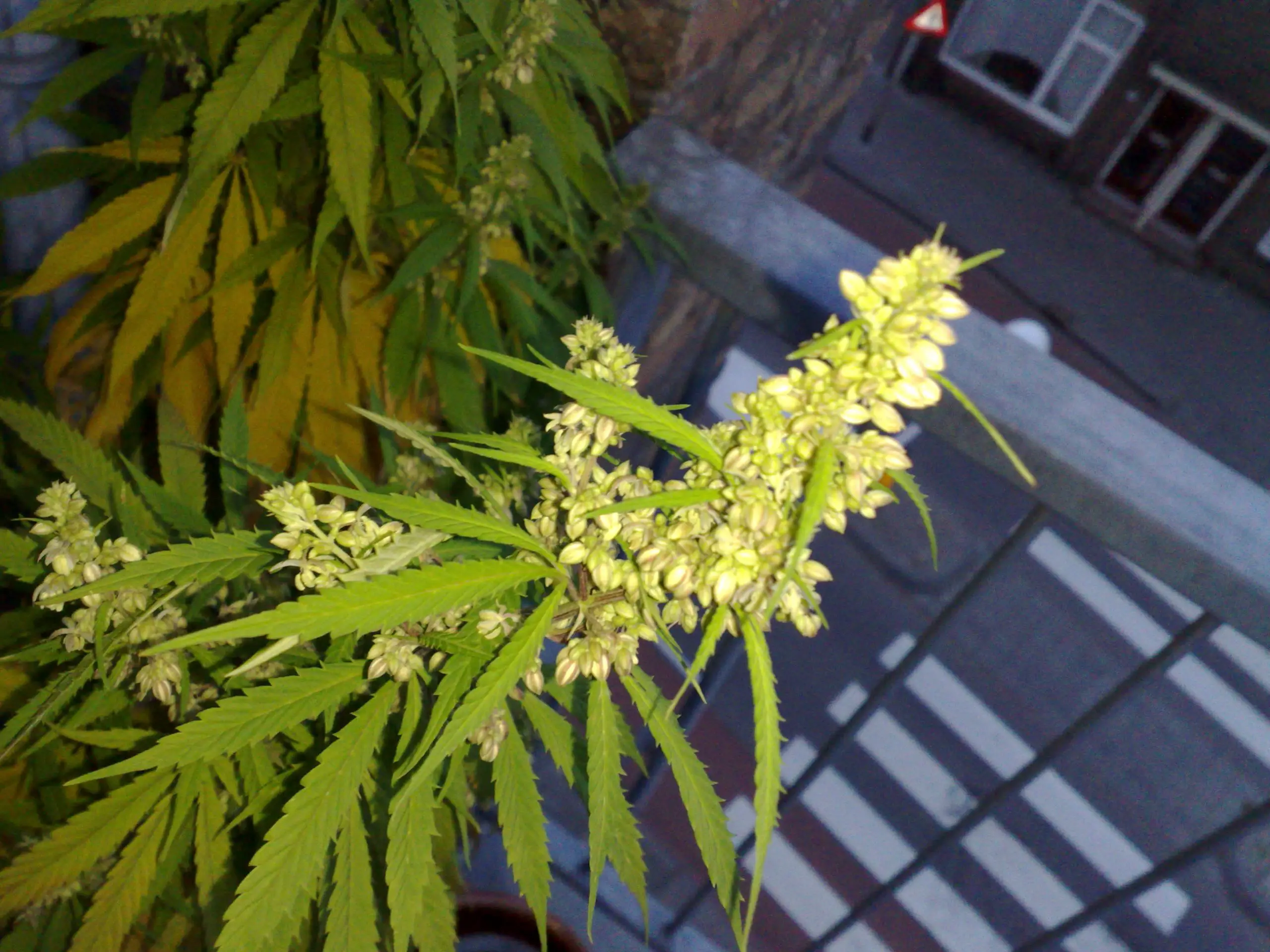Sexing cannabis is the process of identifying male and female cannabis plants. Though a delicate and challenging task, when you know what to look for, it gets easier.
Cannabis is a unique plant, because unlike other plants that are monoecious— have both sexes on the same plant, cannabis plants are dioecious— the male and female flowers grow on separate plants.
Cannabis shares a lot with other plants, but when it comes to the sexes, it closely compares to human beings. It has both the X and Y chromosomes, with the female plant exhibiting the XX chromosomes like a woman and the male plants having the XY chromosomes. While this ‘discovery’ astounds everyone, the plant’s gender influences your growing outcomes massively.
In this article I’ll share all the info you need to identify the sex of your cannabis plants;
Table of Contents
Why Is It Important to Know the Sex of Your Cannabis Plants?
The male and female cannabis plants have varied uses, but it is the female plants that produce the dankest, sticky buds that every grower wants. The male plants, on the other hand, are only essential in breeding cannabis— which few growers are interested in.
The danger of having both genders mature together is that the male flowers will pollinate the female flowers and turn them into seeds, not the buds you hoped to get at the end of your grow. You, therefore, want to identify the male plants early and remove them from your garden before they are mature enough to pollinate the female plants.

Source: Wikimedia Commons
If you aren’t interested in creating a variety of cultivars, you should invest in feminized seeds. Unlike regular seeds that give 50% male and 50% female plants, feminized seeds give you only the female plants. This means that when you invest in feminized seeds, no effort goes to waste as every plant produces the cannabinoid-rich trichomes that enrich the weed for a full-body, euphoric effect when you smoke it.
If you’re interested in getting the cannabinoid-rich buds, then the male plants are your enemies. That’s a harsh way to put, but there’s no euphemism for wasting money and time only to harvest non-smokable, seed-filled buds.
Though you won’t throw away the seed-filled buds, they won’t be rich in cannabinoids. Even the specific strain aroma and taste will be less pronounced as the plant focused its energies on reproduction than making trichomes.
How to Know the Sex of Marijuana Plants
Male cannabis plants pose a huge threat to your cannabis growing outcome. Instead of getting the huge buds, you’ll get more seeds than you ever found in a bud. But how do you identify the male from his pretty nubile sisters?
There are many ways;
Use A Genetic Testing Kit
By far the easiest, if you have no clue what to look for in the plants and time is running out, you can use a genetic testing kit. The genetic testing kit helps you know the plant’s gender by identifying the chromosomes.
The genetic testing kits are accurate, but if you know what to look for in the plants, you won’t need them.
Study the Flowers
When you keep the plant’s essential resources optimum, the plant should begin flowering when you expose it to 12 hours of light and 12 hours of darkness.
The male plants begin flowering earlier than their sisters. Look at the nodes at the junction where the branches meet the stem. At the root of the stem, you will notice the delicate, little balls. These balls will burst open, revealing a cluster of banana-like stamen— the male sexual organs. These get ready about a month before the female plants begin to flower, and when they burst open, they release pollen grains in the air that scout for the female flowers to pollinate. You must therefore spot and remove them before they begin pollinating— destroying the promise of dense, juicy buds.
On the other hand, the female flowers will have thread-like stigmas. The hairs will venture far, hanging from the flowers ready to trap the pollen in the air. The plants will always want to reproduce, survival and posterity dictates so— against your will.

Source: Wikimedia Commons
The female reproductive organs— the stigma and the pistil it attaches itself to, will begin forming as white wispy hairs at the nodes. As the plant matures, they will change color to brown, yellow, or orange. As this happens, the trichomes— the crystals that form the cannabinoids will also change to milky white, a signal that it’s ready for harvest.
Spotting the difference between the reproductive organs will help you know the plants to remove and the females to keep. The males have the banana-like balls. The females have wispy hairs. Easy.
Study the Plant’s Growth Pattern
The physical clues help you identify the plant’s genders without much hassles. For instance, male plants don’t branch out much— they prefer to grow taller instead.
Also, they won’t have more leaves. A female plant, on the other hand, will have more branches and leaves. The many branches help it create more bud sites.
While studying the growth pattern, pay attention to the speed of growth. Male plants grow faster than the female ones, maturing earlier than the female ones. The sexual organs of the male plants will be fully-formed and ready for pollination, sometimes, even a month before the female plants.
Clone the Plant
Cloning is a genius way of sexing the cannabis plants. Instead of watching, and waiting, and praying that you catch them before they pollinate or get pollinated, you can force a clone to flower and show you the plant’s real sex.
Cut a piece of the plant and put it in potting soil to grow. Then force the clone to flower by exposing it 12 hours of light and 12 hours of total darkness. The change in lighting will force the plant to flower, even if it hasn’t developed roots yet. As the flowers open, you can examine the reproductive organs—balls for male plants, and wispy thread-like stigma for female plants.
The clone has the same genetics as the parent plant, and the gender it shows is the same gender of your cannabis plants. As always, uproot the males earlier so that you don’t end up wasting feeds on them and risk pollinating all the female plants in your garden.
Know Where the Marijuana Plant Sprout from During Germination
This method, if successful, will help you separate the plants right from germination. Look at the seeds just when the shoots pop them open. If the shoots sprout from the top or bottom of the seed, the plant is female. If the shoots pop from the sides of the seed, the plant is a male.
Even though this might not be foolproof, you can utilize this technique. Growers who have used this technique report a success rate of 90%.
How to Deal with Hermaphrodites
Sometimes you end up with plants that are neither male nor female. It can get pretty tough because they will show mixed characteristics.
Hermaphrodites aren’t born mixed, but instead, get messed up by environmental stress. The stress could be poor watering schedules, lack of essential nutrients, pests, or poor training techniques.
Due to the stress, the plant feels its survival is threatened and tries to equip itself with all the genders to pollinate itself.
Hermaphrodites contain both the male and female features; they can, therefore pollinate other females in the garden. They can wreak havoc on your plants and put your efforts to waste. You should remove the males from the garden as soon as possible.
In Conclusion
Sexing cannabis plants is an essential practice in the growing process. If you fail at it, you won’t get the sticky buds you were aiming for. Luckily, it can be pretty easy when you know what to look for. This complete guide to sexing cannabis will help you identify your plant’s sexes early and afford you cannabinoid-rich buds.

